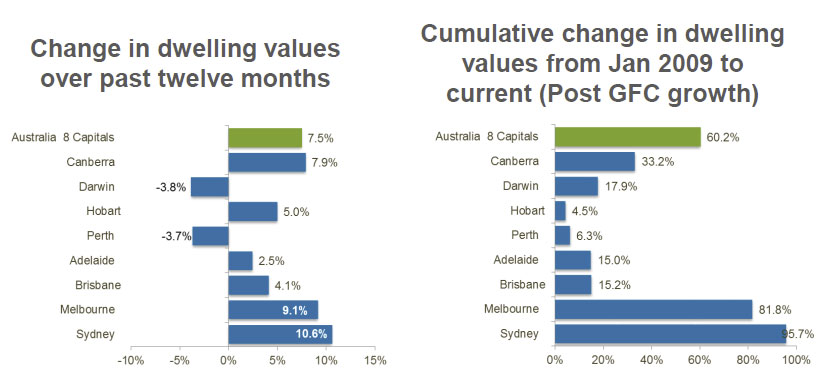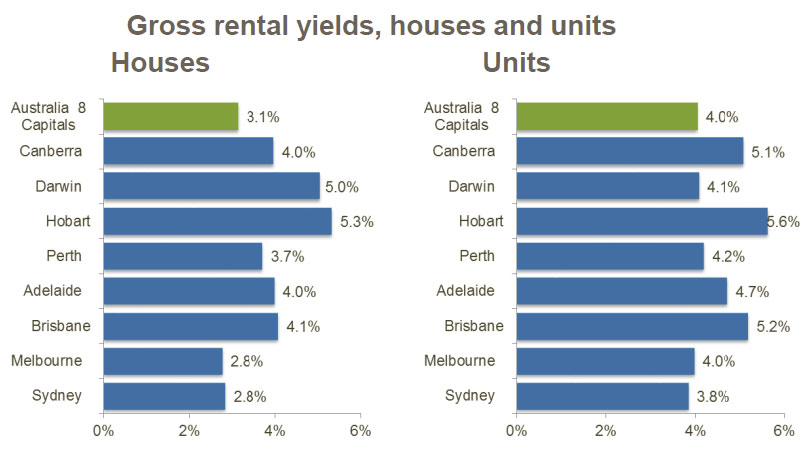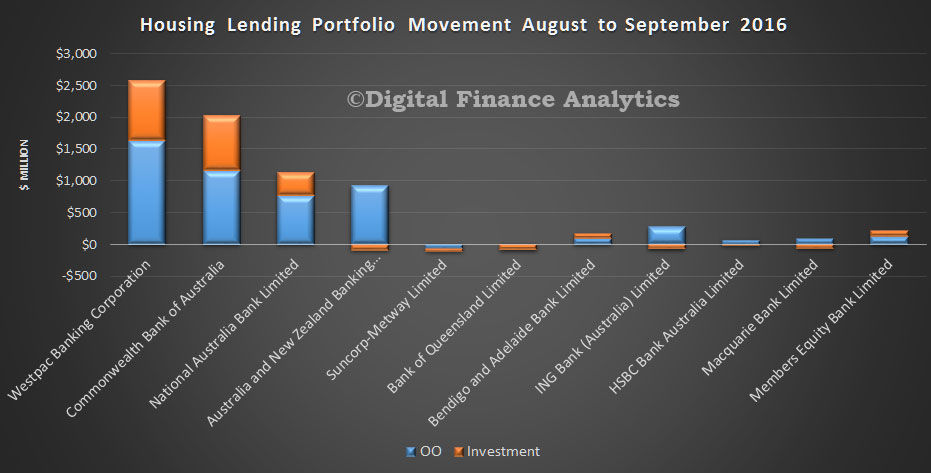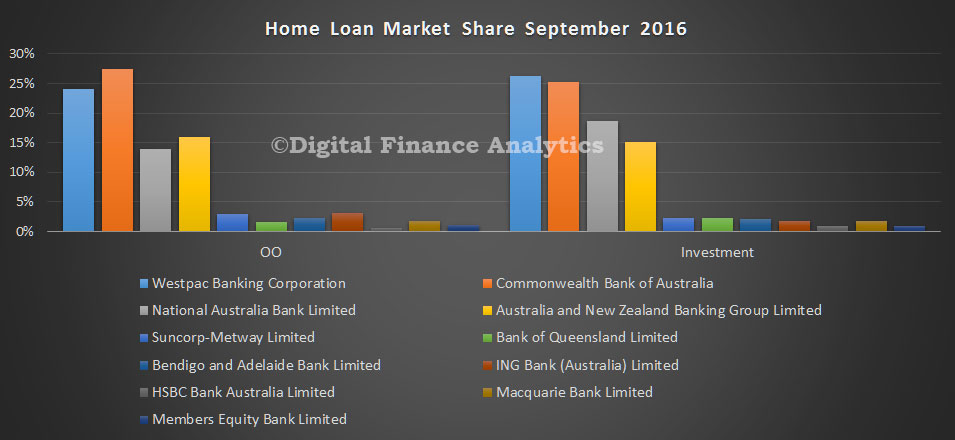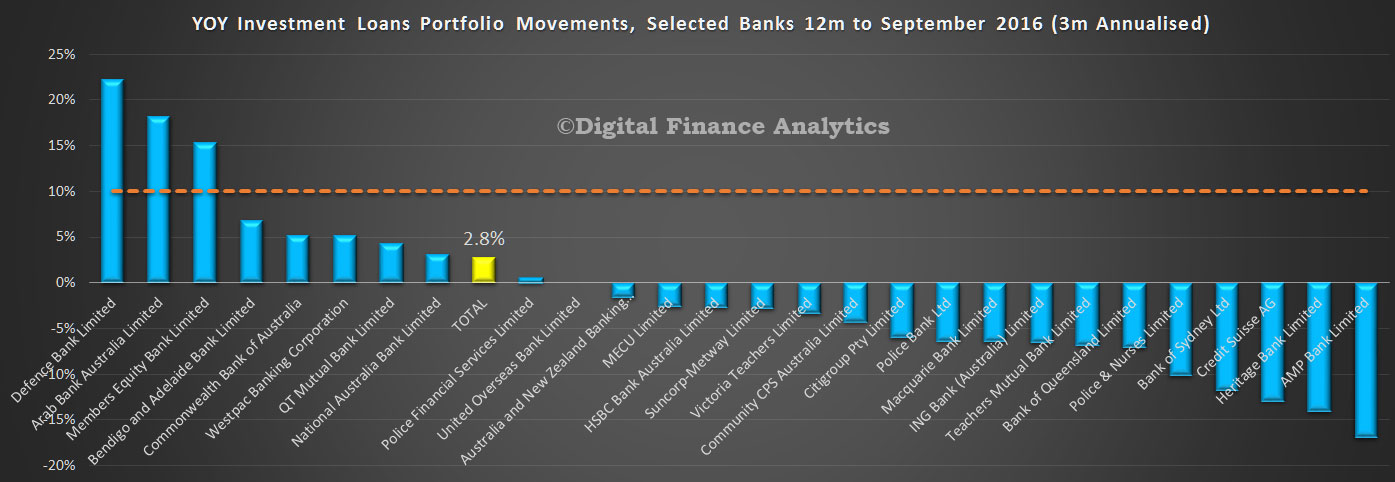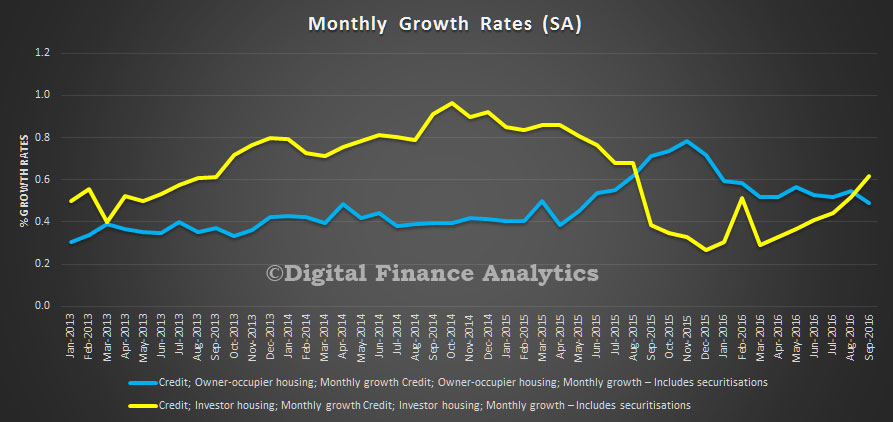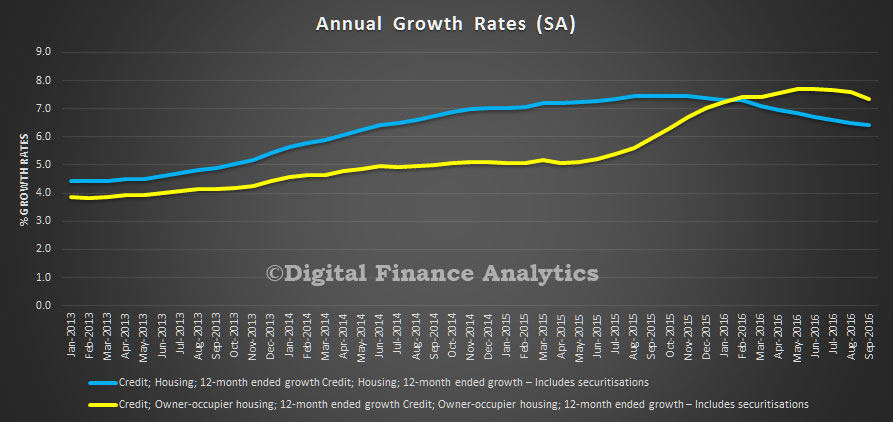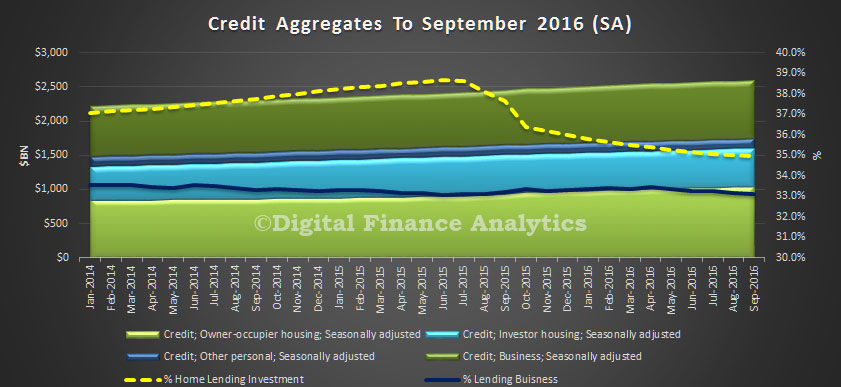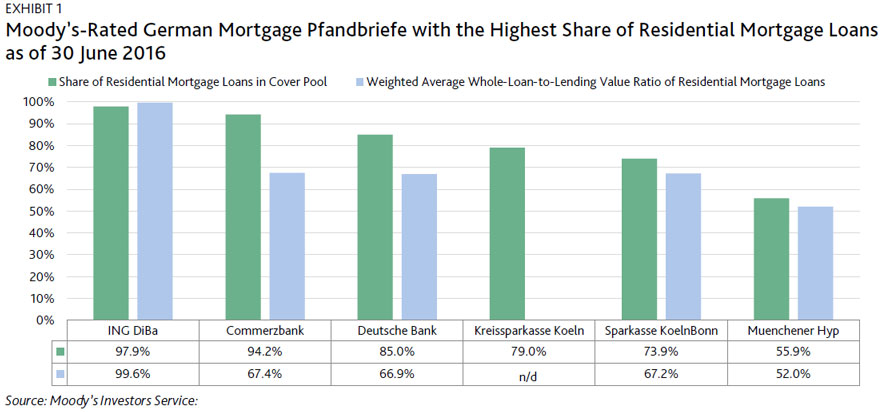Self-employment is on the rise in the UK. The latest government statistics put it at 4.79m, which represents 15% of all people in work. And, in recognition of this changing nature of employment, the prime minister has commissioned a review of workers’ rights. One of its chief tasks is to address concerns that millions are stuck in insecure and stressful work.
Flexible working and self-employment are inevitable solutions to the growing “gig economy”, in order to best manage projects and fluctuating work flows. A flexible lifestyle may be desirable for the highly paid IT consultant. But for the call centre worker on a zero-hours contract, it means a pension, mortgage and income protection are all illusory.
In Tim Ferriss’ book The 4-Hour Work Week, creative freelancers live the dream. They work anywhere, anytime, provided they deliver agreed outputs. And, as social scientist Richard Florida suggests in his view of the “Creative Class”, high-tech workers, artists and musicians typically gravitate to dynamic and open urban regions, with good schools, sporting and shopping facilities. These high-earning creative types then generate jobs for contingent workers whose rights must be protected from abuse. The challenge for urban planners is to attract such talent at both ends of the flexible working spectrum.
Creative class chill. shutterstock.com
Flexibility in self-employment, however, presents a quite different scenario for those with zero-hours contracts. These are increasingly common employment contracts where employers do not guarantee the individual any work and the individual is not obliged to accept any work offered. They are a hot topic for debate, with significant polarisation of views.
The recent investigation into Sports Direct’s use of zero-hours contracts showed them in a particularly negative light and there is talk of the company moving to fixed hours. New Zealand banned these types of contracts in April. And an employment tribunal in London recently ruled that Uber drivers should be classed as workers, rather than self-employed. Yet for some – students, for example – a zero-hours contract is better than no contract at all.
Despite the latest outrages over zero-hours contracts, theories of workplace flexibility have been around for many years. The academic John Atkinson put forward a well-known model for the “flexible firm” in 1984. It advocated that companies retain a core group of workers and use a flexible workforce that is determined by and responsive to business demand.
Julie Davies
The model also distinguishes between functional and numerical flexibility. This has long been the operating model in the entertainment industry where the supply of staff is driven by business demand. It is a continuing theme in discussions about employment trends in the fourth industrial revolution.
A business staple
The high-profile coverage of zero-hours contracts might give the impression that they are one of the dominant forms of employment contract in the UK. But, government statistics show that 903,000 people were employed on them during April to June 2016 – this is just 2.9% of all people in employment. They are most likely to be young, part-time, women, or in full-time education. Typically they work 25-hours per week and a third say they would prefer more hours in their current jobs.
Zero-hours contracts, however, are actually less prevalent than other forms of flexible and non-standard employment such as shift work, annualised hours and temporary contracts. And they are only slightly more common than agency work.
In effect, they can be seen as equivalent to the long-established position of a casual contract, something which has been the staple of the business model in the leisure, entertainment and culture industry for years. When work is seasonal, margins are narrow and covering the minimum wage is a challenge for employers, many of whom simply cannot afford surplus staff.
Juggling act
One sector that experiences significant fluctuation in demand is the entertainment business. Blackpool, a seaside resort on the north-west English coast, whose main industry is tourism, is a good example of how difficult it is to get this right. There is a seasonal and school holiday cycle, which introduces one level of fluctuation. Then there are other unpredictable factors that affects the need for staff.
Unpredictable weather in Blackpool. jremes84 / Shutterstock.com
The famously variable British weather affects the relative popularity of indoor and outdoor attractions. And the city is host to a number of events, ranging from major darts competitions, musical acts and theatre productions, to small weddings and functions. The skills required varies significantly too. Whether it’s the annual British Homing Pigeon World Show (January), the world ballroom dancing championships (May), or the annual Rebellion punk reunion festival (August). Flexibility is a daily challenge for many businesses in similar situations.
So, in a world of increasing flexibility and insecurity, we will watch with interest to see the outcome of the government’s review of modern employment. Matthew Taylor who is running it has a wide remit that includes security, pay and rights; progression and training; finding the appropriate balance of rights and responsibilities for new models; representation; opportunities for under-represented groups; new business models. Taylor has said that “most part-time workers, and even most zero-hours workers, say they have chosen to work this way”. Let’s see whether the evidence really bears this out.
Authors: Julie Davies, HR Subject Group Leader, University of Huddersfield; Mark Horan, Senior Lecturer Human Resource Management, University of Huddersfield




